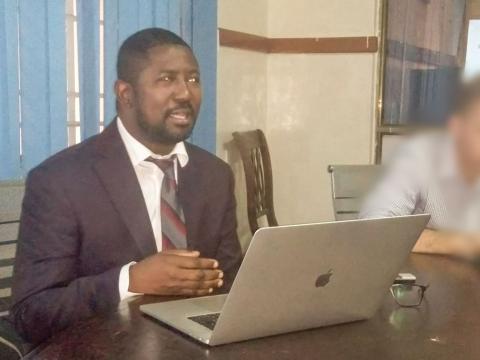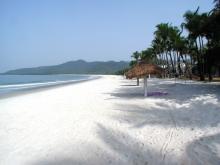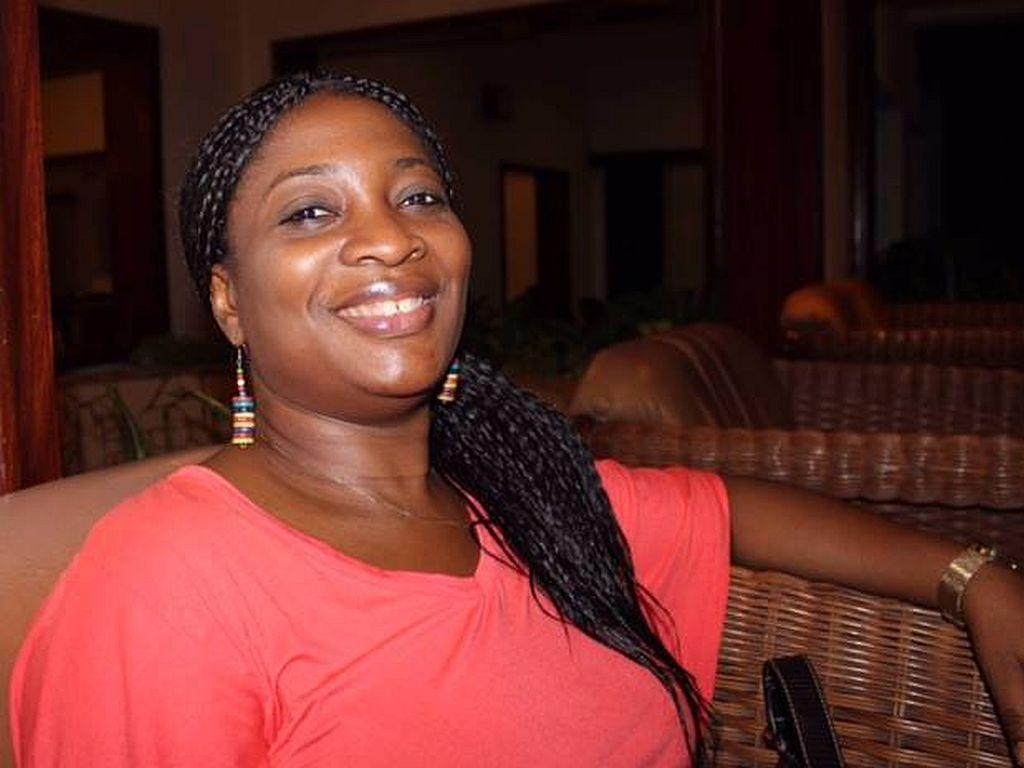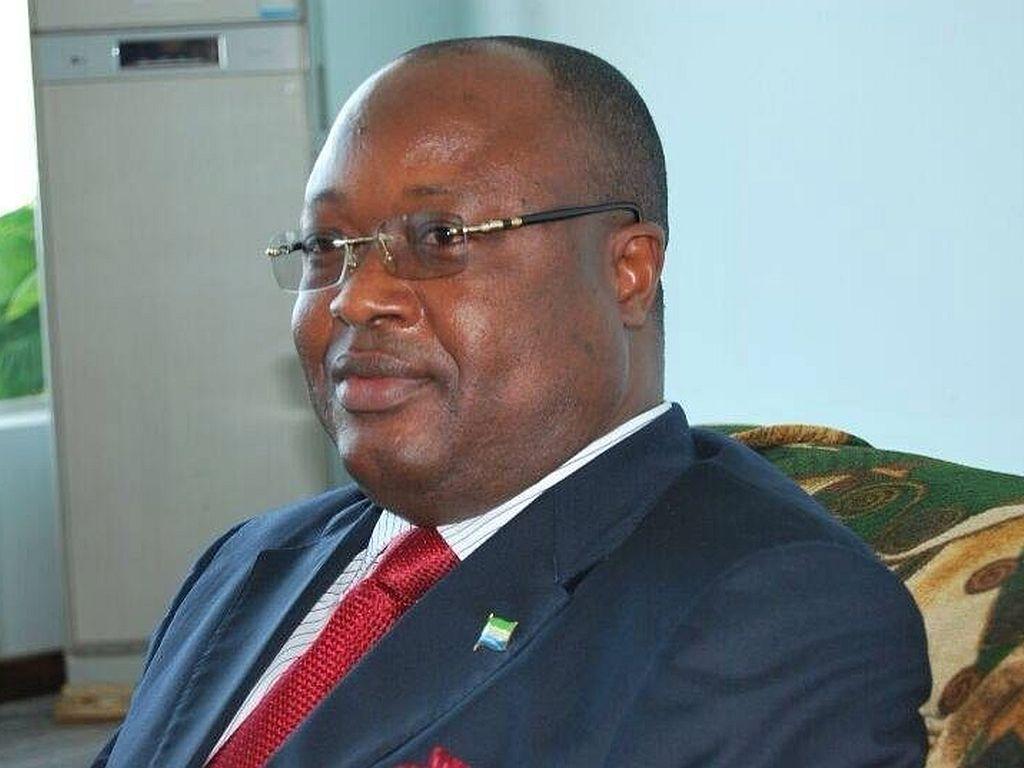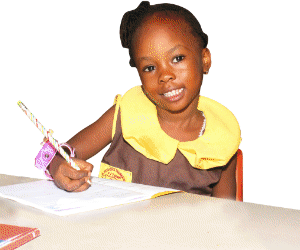By Alpha Abu
The Institute for Governance Reform (IGR) together with Oxfam have presented a report that gave a critical look at the performance of government and its partners in bridging the gap between the rich and the poor in society over the years.
The presentation of the report titled: “The Commitment to reduce inequality : Sierra Leone at the Crossroads” , attracted representatives of government Ministries, Parliament, Rights Groups, Civil Society organisations and other non-governmental organisations, at the Shangri-La beach resort in Freetown on Wednesday 17 February 2021.
The inequality study by IGR was, according to the documented report, brought about by various factors including the multi-dimensional poverty rate of the country that is considered amongst the highest in the world, at an estimated rate of 64.8%, and growing disparity in the distribution of the national income between 2011-2018, that saw a more than 40% rise in the 1% richest population’s income whilst the poorest 50% of the population saw their share of the national decline by over 5%.
Another reason explained for the study that culminated into the report was findings of food insecurity being experienced by 63% of the Sierra Leone’s population as at July 2020, a situation exacerbated by the effects of the Covid-19 pandemic, with a projected contraction of the economy of between 2.3 to 4 percent.
Various factors noted for driving inequality in Sierra Leone were captured in the report, chief among these was what it says were the tax exemptions granted to the mining sector especially between 2016 and 2018 that led to a loss of 2.35 trillion Leones in revenue. Discretionary duty waivers were also estimated at 39.035 billion Leones.
Corruption was also viewed as another “binding constraint to reducing inequality in Sierra Leone”.
“Corruption at the service delivery level generally means that poor people are being short-changed in the quantity and quality of services earmarked for them”, the report states.
It was also observed that “low level investment in human capital development over the years” had corresponding “poor Health and Education outcomes”.
Budget spending from 2013-2018 was reportedly low, averaging between 5.5 and 6% government’s allocation to health, primary and secondary education.
“These low investments denied poor households, especially women and girls, the basic skills for increased productivity and income”, the report points out. It was however revealed that “this trend is changing; with the introduction of the Free Quality Education in 2019”, and the government’s “increased allocation to the Education sector to 21% of total government budget”.
Low wages have widened the inequality gap and even with Sierra Leone among countries that have increased their minimum wages over the years, the IGR report says “this has had a minimal impact on the huge income inequality gap” with majority of the population engaged in the informal sector, with only 9.5% of the workforce in wage employment”.
According to IGR, “the situation is made more difficult by lack of employment guarantee schemes or any system to provide some form of income security for those seeking or out of work”.
“Low budget execution rates simply mean that MDAs are not undertaking all the interventions they plan in respect of service delivery in the critical sectors that would help reduce inequality reduction.
Because Sierra Leone spends nearly half (about 45%) of its annual budget on debt servicing, it means the government is left with limited funds to spend on public services. Sierra Leone’s debt spending is far above the recommended threshold”, the report claims.
Service delivery of inequality reduction programmes have also been seen as fragmented and fraught with duplication of roles, leading to loss of funds due to higher administrative costs and shortfalls in the number of beneficiaries actually catered for.
Women were said to make up 51% of the population of Sierra Leone and constitute the majority poor with 19.2 percent having at least some level of secondary education as compared to 32 percent of men.
IGR also took cognizance of a UNDP assessment report of July 2020 on the impact of the socio-economic effects of the pandemic in Sierra Leone, with food insecurity rising from 53.4 percent in August 2019 to 63 percent in June 2020. Households have reportedly adopted “emergency” measures, witnessing an increase from 14% in January 2020 to 20% in June 2020.
The report made a number of recommendations including for steps to increase the minimum wage and for Ministries, Departments and Agencies (MDAs) to tailor their service- delivery that will address the needs of women, girls and persons with disabilities.
It was also suggested that the government sustain its increased investments in education and give same attention to health in line with the 15% Abuja Declaration
The report urges the government to reduce its borrowing and that the international community be engaged to “cancel existing debts, especially in light of the covid19 pandemic”.
Civil Society organizations were also encouraged to monitor service delivery by MDAs to ensure suitability and accountability.
Various speakers at the event who included government officials and activists appreciated the report and asserted the need for collaboration between MDAs as service providers and civil society groups. Activists in particular urged the government to seriously address the underlying problems associated with inequality in the populace and to pursue programmes that will narrow the gap between the rich and the poor in society.
Copyright © 2021 Politico Online


